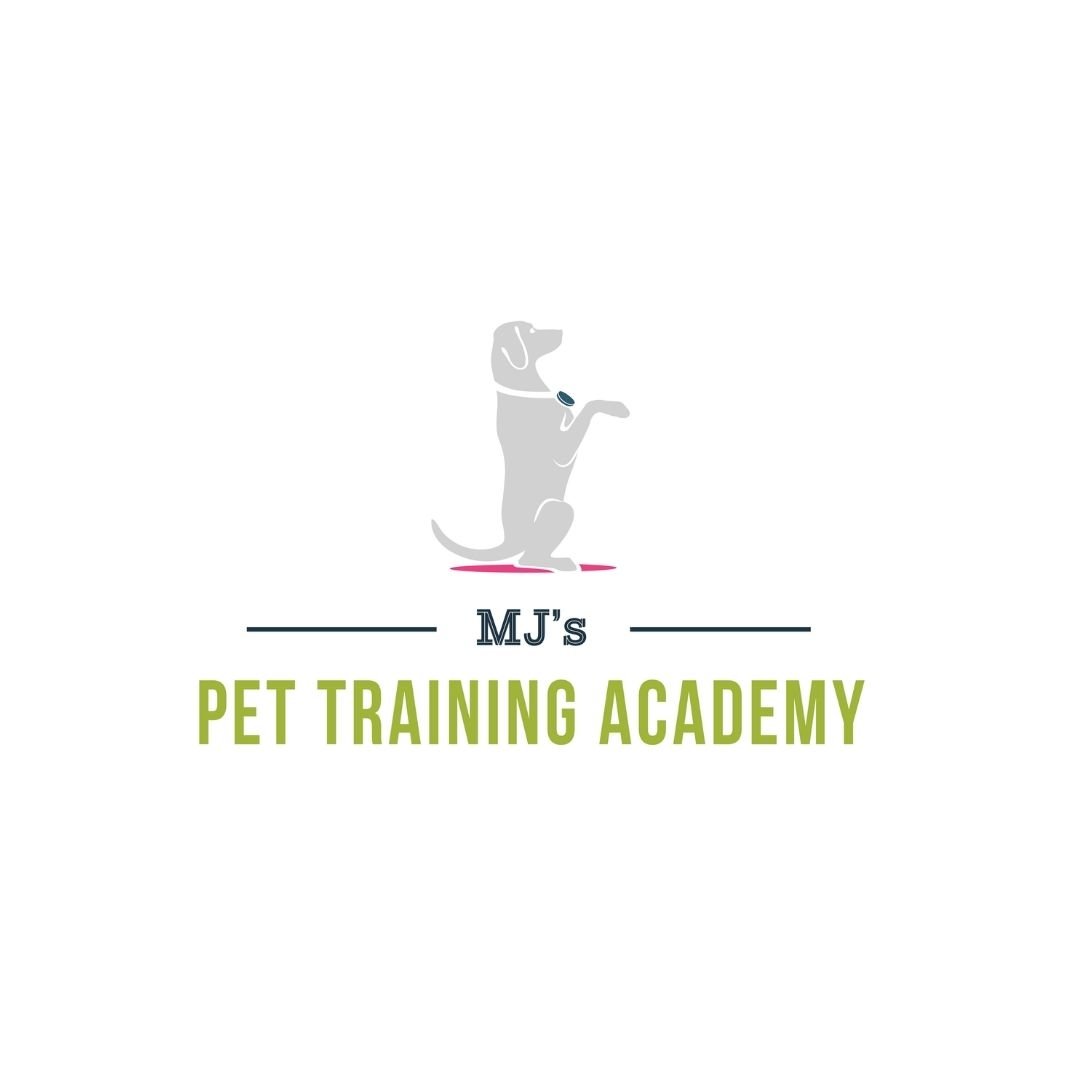How Important is Obedience Footwork?
Obedience Footwork
For dog training to be successful, the trainer should communicate clearly and consistently. One way to achieve this is through the use of verbal cues for each trained behavior. But verbal communication only accounts for a portion of how we communicate with dogs; both intentionally and without realizing it.
Body language provides dogs with a lot of information. In traditional heelwork, with the dog on the handler’s left side, it is a common method to teach the dog that stepping off with the left foot means the handler wants the dog to move forward, while stepping off with the right foot means that the dog should stay.
Handlers who train for competitive obedience are well acquainted with footwork techniques.
The precision of competition footwork is not as commonly emphasized for pet training. Should it be?
Is obedience footwork important?
If you plan to teach your dog a formal heel, where your dog walks at your side looking up at you, it is now more common to train both a right and left-side heel using two separate cues. Training a right-side heel does not need to diminish your left-side heel. It is helpful to train both sides to keep the dog balanced. When training for both heel positions, you should plan your footwork. For example, you could move forward with the foot nearest to the dog and use the furthest foot for the stay, regardless of which side the dog is on.
Did you know: the reason dogs traditionally heeled on the handler’s left dates back to when men carried swords? The stronger, right hand was often the hand that would be free, so the dog would be at the handler’s left.
Consistent, clear communication is important, and if you take the time to learn footwork and notice your movements, chances are you are training with more clarity than average. Sure, you can successfully train without consistency in your footwork, but being consistent might just be the key to reaching your goals.
For competitive handlers, please take the time to learn the footwork for your sport, whether it is agility or obedience, to find out what works for you and your dog. For those training their pet dogs, it is worth paying attention to your footwork for the more formal heelwork, too. If you don’t train your dog to heel, but focus on a polite leash walk, don’t worry too much about the footwork.
Footwork Guide
Traditional About Turn:
The about turn is a change of direction. The handler turns right, but remains on the same path of movement. To keep the dog close throughout the turn, and to remain on the same path, a “T” is one style of turn. Without changing pace, the handler steps out with the right foot, slightly angled in the right direction. The left foot then creates the top of the “T,” and the right foot follows this step by turning in the direction the team is about to go so that the right heel meets the left heel. Lastly, the left foot steps forward in the new direction.
Halt:
The halt should happen on the same path the handler and dog are heeling on. The handler stops, bringing their feet together and the dog sits at the handler’s side. Careful not to step towards the dog to close the gap between you and the dog. The dog should remain in the heel position while the handler halts on the same line of walking.
Heel Forward Dog on Left:
With the dog at the handler’s side, the handler cues the dog to heel, stepping off with the left foot.
Heel Forward Dog on Right:
With the Dog on the handler’s right side, the handler cues the dog to heel forward, stepping off with the right foot.
Stay:
With the dog on the handler’s left side, the handler steps off with the right foot when leaving the dog in a stay. This can be switched to the right foot if the dog is on the left.
A few more notes:
While these tips are meant to provide helpful suggestions, it's always best to check with your obedience coach if you are planning to compete!
Happy Training!

